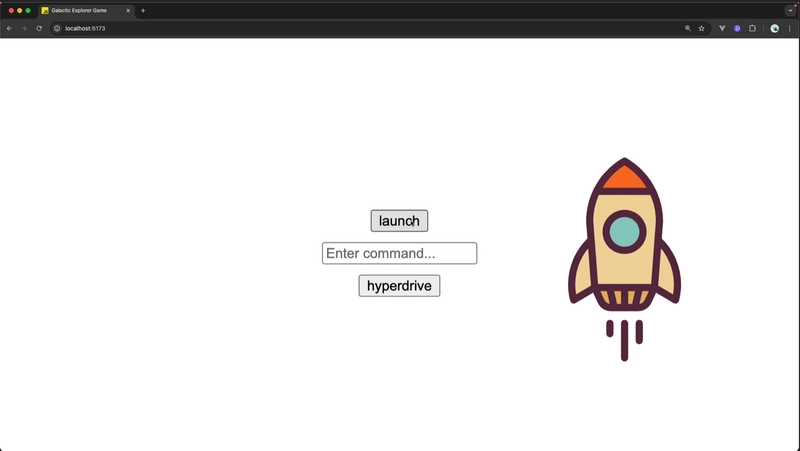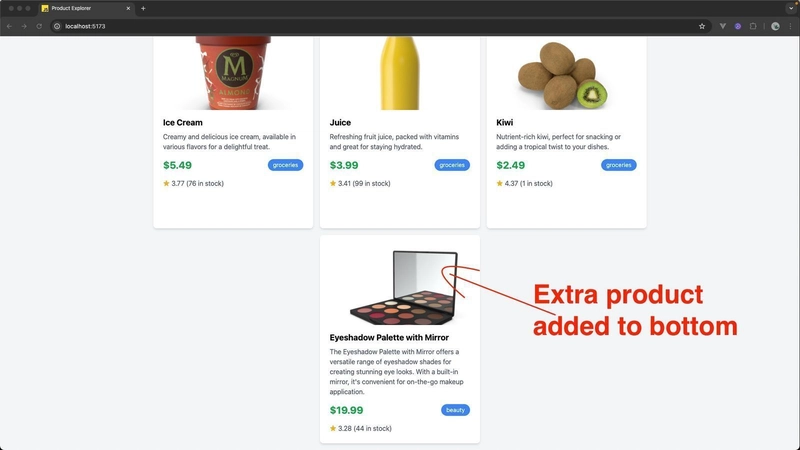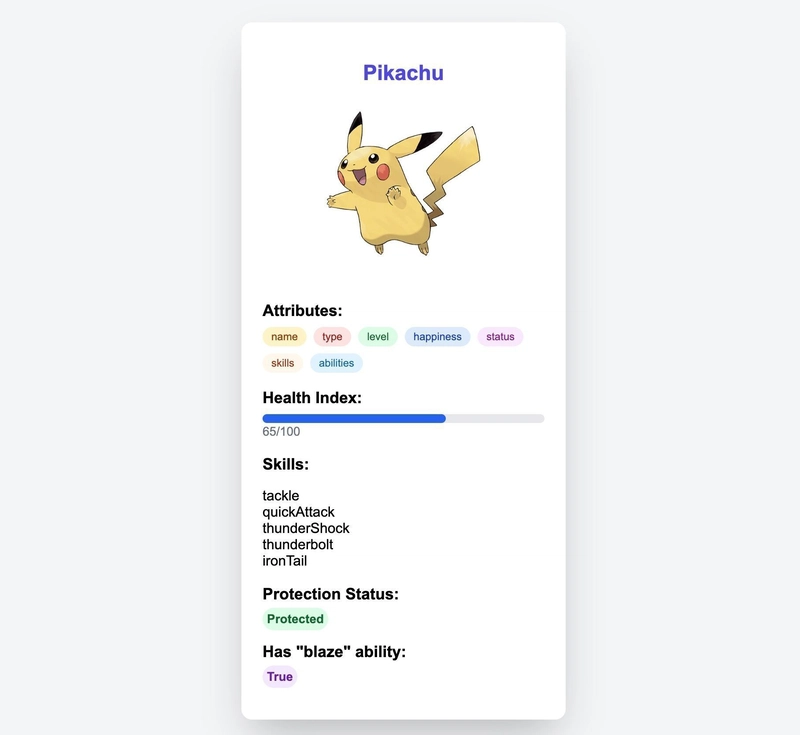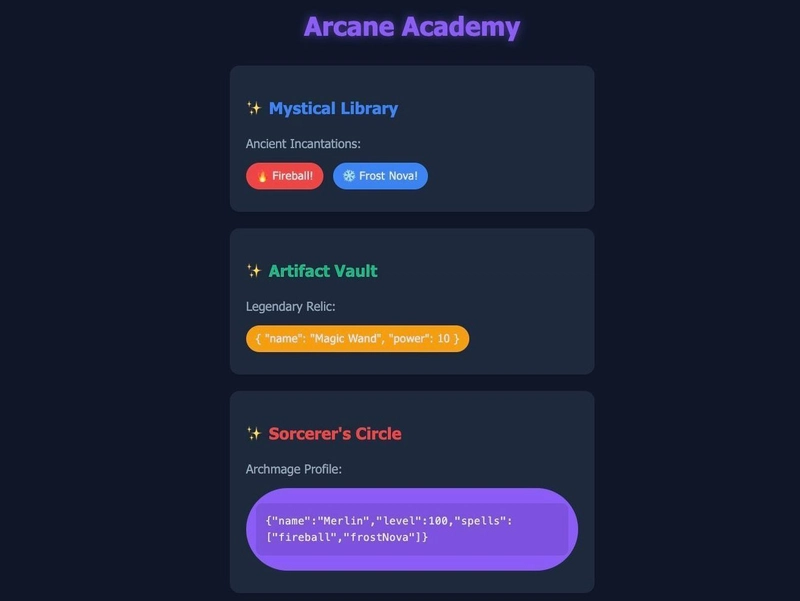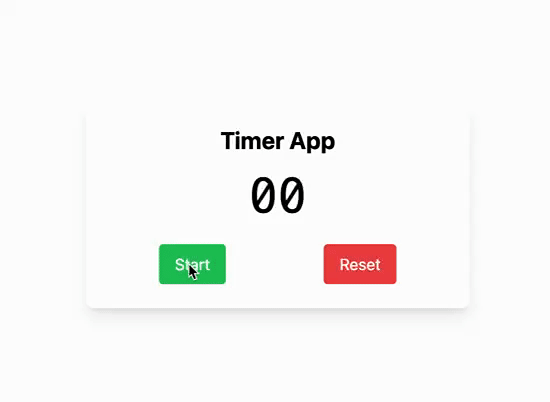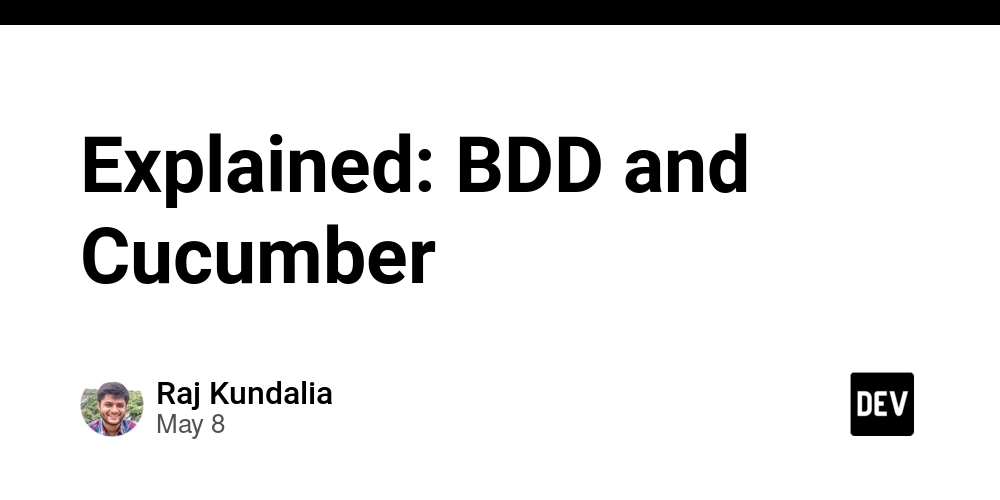Inside the Certificates.dev Mid-Level JavaScript Self-Study Training: Complete Breakdown
If you're looking to grow as a beginner JavaScript developer to someone who writes clean, professional, real-world code, the Certificates.dev JavaScript Mid-Level Self-Study Training is your next step. And on May 10-11, you’ll be able to access the full training for free for 48 hours - including all nine chapters, real-world coding challenges, interactive projects, and key certification-ready skills. Let’s walk through what’s included in each chapter and why this free access is so valuable. Chapter 1: JavaScript Fundamentals The training starts by reinforcing core JavaScript skills—vital even for developers with some experience. You’ll explore: Variables and data types (strings, booleans, numbers) Math and comparison operators Arrays, objects, and how to work with them Control flow with if/else, switch statements, and loops Function declarations, expressions, and arrow functions Common debugging techniques using console methods What sets this chapter apart is the hands-on nature of the learning. You won’t just read theory, you’ll debug space missions and spellbooks, getting comfortable solving everyday issues developers face. It’s the foundation on which all modern web development is built. Chapter 2: DOM Manipulation Chapter 2 focuses on teaching you how to make JavaScript actually do something on a webpage. You’ll learn how to: Navigate the DOM tree using selectors and traversal methods Change text, HTML, styles, and attributes on the fly Dynamically add or remove elements Use JavaScript to enhance or restructure HTML interfaces You'll apply what you learn in interactive challenges like hiding secret messages or building magical page elements. After completing this chapter, you’ll understand how front-end JavaScript interacts directly with web pages - a must for any interactive application. Chapter 3: Events JavaScript without events is a static experience. Chapter 3 introduces the event system, so you can start building interactive web applications. You’ll cover: Event listeners and how to bind them to DOM elements Capturing and bubbling behavior Event delegation for efficient, scalable interactivity Handling mouse, keyboard, and form events Games and mini-projects like the Galactic Explorer and Enchanted Forest let you practice responding to user actions in real time. If you’ve ever wondered how to handle clicks, validate forms, or create keyboard shortcuts, this is where you’ll learn it. Chapter 4: Advanced Functions Many developers plateau because they don’t fully grasp JavaScript’s function capabilities. This chapter bridges that gap. You’ll dive into: Higher-order functions and callbacks Closures for encapsulation and private variables Immediately Invoked Function Expressions (IIFEs) Method chaining and reusable design patterns You’ll also get to build logic that generates other logic, essential when creating scalable, reusable utilities in modern codebases. If you’ve ever struggled to understand how libraries like Lodash or React hooks work under the hood, this chapter provides key insights. Chapter 5: Asynchronous JavaScript and APIs Modern apps rely on asynchronous operations. This chapter introduces you to working with real-world data. Topics include: Promises and async/await Handling multiple asynchronous tasks Fetching and processing remote data Parsing JSON Error handling in asynchronous flows Using exercises like the “Product Explorer” and “Treasure Hunt,” you’ll practice making API calls, rendering data, and managing the unexpected, just like in any production environment. Chapter 6: Advanced Array and Object Methods If you want to process or transform data efficiently, you need to go beyond basic loops. This chapter teaches you the modern, declarative way to handle collections. You’ll explore: Array methods like .map(), .filter(), .reduce(), .forEach() Searching and testing arrays with .find(), .some(), and .every() Object utility methods like Object.entries() and Object.assign() Defensive coding patterns like freezing and immutability These patterns are used constantly in real-world code, from dashboards to user interfaces to backend services. Chapter 7: ES6+ Features This chapter is all about writing modern JavaScript using the latest syntax improvements. You’ll learn: Destructuring arrays and objects Spread and rest operators Template literals for dynamic strings Modules and how to structure large codebases Import/export syntax and dynamic imports By the end, you'll know how to write concise, modular code that’s both readable and scalable, a requirement in any professional environment. Chapter 8: Error Handling Without error handling, your app can crash on the first unexpected input. This chapter ensures you write code that’s resilient. You’ll cover: Try/catch syntax Custom error classes Throwing and catching meaningful errors Defensive programming patterns Differentiating between common JavaScript error types Prac

If you're looking to grow as a beginner JavaScript developer to someone who writes clean, professional, real-world code, the Certificates.dev JavaScript Mid-Level Self-Study Training is your next step.
And on May 10-11, you’ll be able to access the full training for free for 48 hours - including all nine chapters, real-world coding challenges, interactive projects, and key certification-ready skills.
Let’s walk through what’s included in each chapter and why this free access is so valuable.
Chapter 1: JavaScript Fundamentals
The training starts by reinforcing core JavaScript skills—vital even for developers with some experience.
You’ll explore:
- Variables and data types (strings, booleans, numbers)
- Math and comparison operators
- Arrays, objects, and how to work with them
- Control flow with if/else, switch statements, and loops
- Function declarations, expressions, and arrow functions
- Common debugging techniques using console methods
What sets this chapter apart is the hands-on nature of the learning. You won’t just read theory, you’ll debug space missions and spellbooks, getting comfortable solving everyday issues developers face. It’s the foundation on which all modern web development is built.
Chapter 2: DOM Manipulation
Chapter 2 focuses on teaching you how to make JavaScript actually do something on a webpage.
You’ll learn how to:
- Navigate the DOM tree using selectors and traversal methods
- Change text, HTML, styles, and attributes on the fly
- Dynamically add or remove elements
- Use JavaScript to enhance or restructure HTML interfaces
You'll apply what you learn in interactive challenges like hiding secret messages or building magical page elements. After completing this chapter, you’ll understand how front-end JavaScript interacts directly with web pages - a must for any interactive application.
Chapter 3: Events
JavaScript without events is a static experience. Chapter 3 introduces the event system, so you can start building interactive web applications.
You’ll cover:
- Event listeners and how to bind them to DOM elements
- Capturing and bubbling behavior
- Event delegation for efficient, scalable interactivity
- Handling mouse, keyboard, and form events
Games and mini-projects like the Galactic Explorer and Enchanted Forest let you practice responding to user actions in real time. If you’ve ever wondered how to handle clicks, validate forms, or create keyboard shortcuts, this is where you’ll learn it.
Chapter 4: Advanced Functions
Many developers plateau because they don’t fully grasp JavaScript’s function capabilities. This chapter bridges that gap.
You’ll dive into:
- Higher-order functions and callbacks
- Closures for encapsulation and private variables
- Immediately Invoked Function Expressions (IIFEs)
- Method chaining and reusable design patterns
You’ll also get to build logic that generates other logic, essential when creating scalable, reusable utilities in modern codebases. If you’ve ever struggled to understand how libraries like Lodash or React hooks work under the hood, this chapter provides key insights.
Chapter 5: Asynchronous JavaScript and APIs
Modern apps rely on asynchronous operations. This chapter introduces you to working with real-world data.
Topics include:
- Promises and async/await
- Handling multiple asynchronous tasks
- Fetching and processing remote data
- Parsing JSON
- Error handling in asynchronous flows
Using exercises like the “Product Explorer” and “Treasure Hunt,” you’ll practice making API calls, rendering data, and managing the unexpected, just like in any production environment.
Chapter 6: Advanced Array and Object Methods
If you want to process or transform data efficiently, you need to go beyond basic loops. This chapter teaches you the modern, declarative way to handle collections.
You’ll explore:
- Array methods like
.map(),.filter(),.reduce(),.forEach() - Searching and testing arrays with
.find(),.some(), and.every() - Object utility methods like
Object.entries()andObject.assign() - Defensive coding patterns like freezing and immutability
These patterns are used constantly in real-world code, from dashboards to user interfaces to backend services.
Chapter 7: ES6+ Features
This chapter is all about writing modern JavaScript using the latest syntax improvements.
You’ll learn:
- Destructuring arrays and objects
- Spread and rest operators
- Template literals for dynamic strings
- Modules and how to structure large codebases
- Import/export syntax and dynamic imports
By the end, you'll know how to write concise, modular code that’s both readable and scalable, a requirement in any professional environment.
Chapter 8: Error Handling
Without error handling, your app can crash on the first unexpected input. This chapter ensures you write code that’s resilient.
You’ll cover:
- Try/catch syntax
- Custom error classes
- Throwing and catching meaningful errors
- Defensive programming patterns
- Differentiating between common JavaScript error types
Practical exercises help you prevent bugs and deal with failures proactively, making your apps more user-friendly and reliable.
Chapter 9: Challenge Roundup
The final chapter is where you bring everything together. You’ll build full applications that integrate skills from every chapter.
Projects include:
- Interactive timers
- Mission control dashboards
- Comment systems with API integration
- Dynamic task managers with filtering, events, and persistence
This is your chance to test your knowledge in real-world scenarios and prove you’re ready for a mid-level JavaScript role or for the JavaScript Mid-Level Certification Exam.
Why You Should Join JavaScript Free Weekend
For one weekend only, you’ll get complete access to this comprehensive training complete FREE of charge, May 10-11, 2025!
It’s your chance to:
- Study at your own pace with full access to videos, projects, and quizzes
- Work through challenges that simulate real development tasks
- Gain confidence in your mid-level JavaScript skills
- Explore what the JavaScript Certification expects without pressure
Register now to secure your free access and start your JavaScript learning journey.










































































































































































![[The AI Show Episode 146]: Rise of “AI-First” Companies, AI Job Disruption, GPT-4o Update Gets Rolled Back, How Big Consulting Firms Use AI, and Meta AI App](https://www.marketingaiinstitute.com/hubfs/ep%20146%20cover.png)











































































































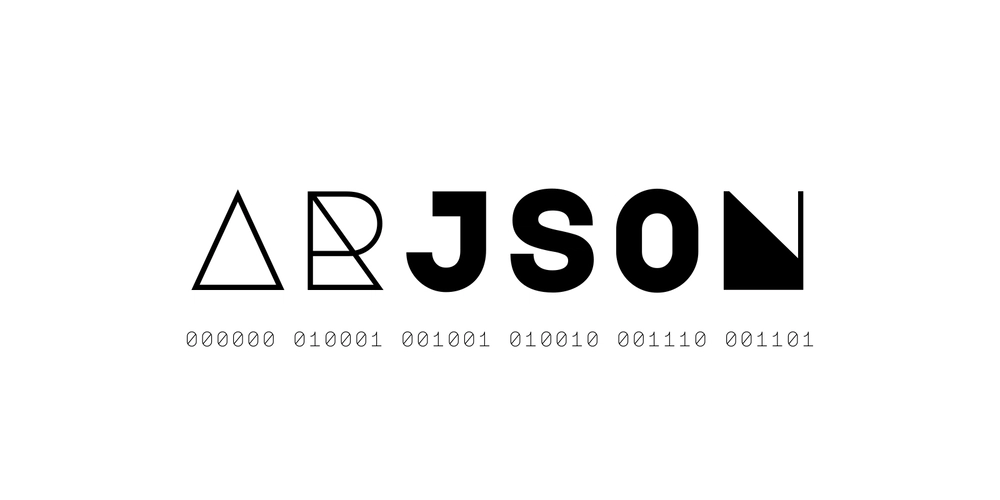






























































































































































_Aleksey_Funtap_Alamy.jpg?width=1280&auto=webp&quality=80&disable=upscale#)
_Sergey_Tarasov_Alamy.jpg?width=1280&auto=webp&quality=80&disable=upscale#)












































































































![Apple Foldable iPhone to Feature New Display Tech, 19% Thinner Panel [Rumor]](https://www.iclarified.com/images/news/97271/97271/97271-640.jpg)
![Apple Developing New Chips for Smart Glasses, Macs, AI Servers [Report]](https://www.iclarified.com/images/news/97269/97269/97269-640.jpg)
![Apple Shares New Mother's Day Ad: 'A Gift for Mom' [Video]](https://www.iclarified.com/images/news/97267/97267/97267-640.jpg)
![Apple Shares Official Trailer for 'Stick' Starring Owen Wilson [Video]](https://www.iclarified.com/images/news/97264/97264/97264-640.jpg)



































































































